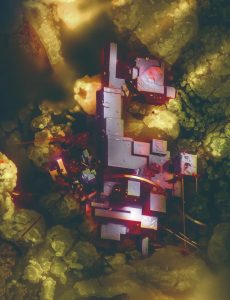
Can you guess what the following pictures are from? Under the microscope, the appearance of the object and the display in normal size are simply different. This group of photomicrographs is selected from outstanding works in the world photomicrography competition “Nikon Micro World” in 2019.
This competition has been held since 1975 and has become the main platform for the scientific community to display microscopic images. The photographer shows the wonderful side of nature through the microscope lens and optical effects, making people seem to have entered another world.
If you think this photo is related to animals, you are wrong. This is a micrograph of caffeine. Caffeine is a substance found in coffee, tea, chocolate and cola. The refreshing effect of these beverages comes from it.
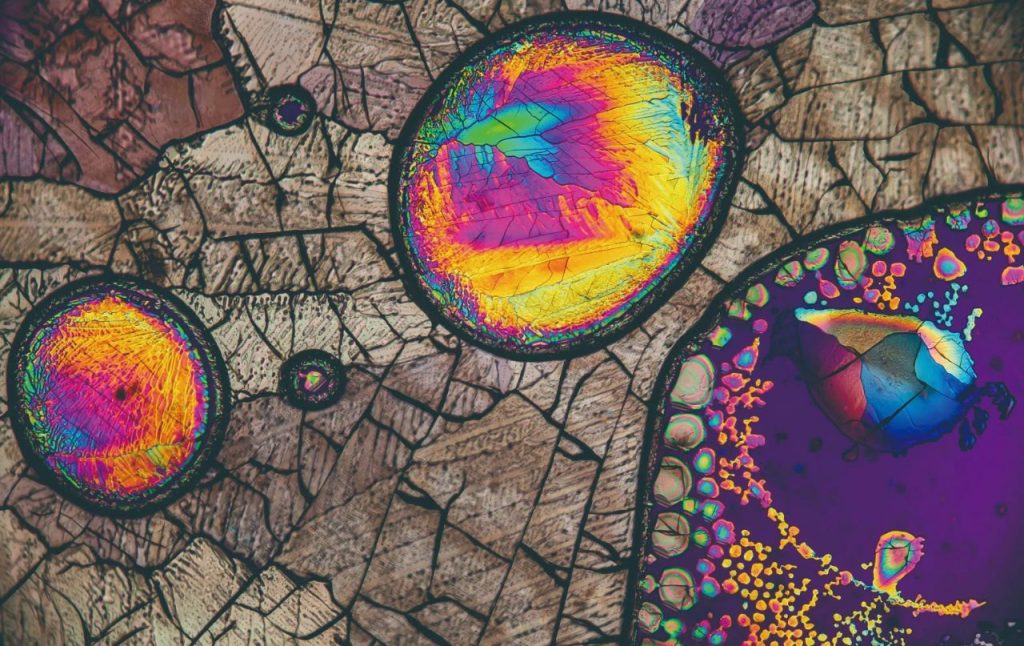
In this picture, the caffeine is heated first and then placed between the glass sheets to cool and solidify again. The gray-brown background with cracks is hardened caffeine; the round ones are bubbles, which contain sediment, which will produce colored crystals when they freeze.

Photographer:Dr. Razvan Cornel constantin
These objects that are like insect eggs and marbles are actually the eyes of flies. The eye of a fly is composed of thousands of visual receptors, each of which can perform the function of an eye. Therefore, the visual image of a fly is like many mosaic fragments put together, and each “fragment” has a separate image.
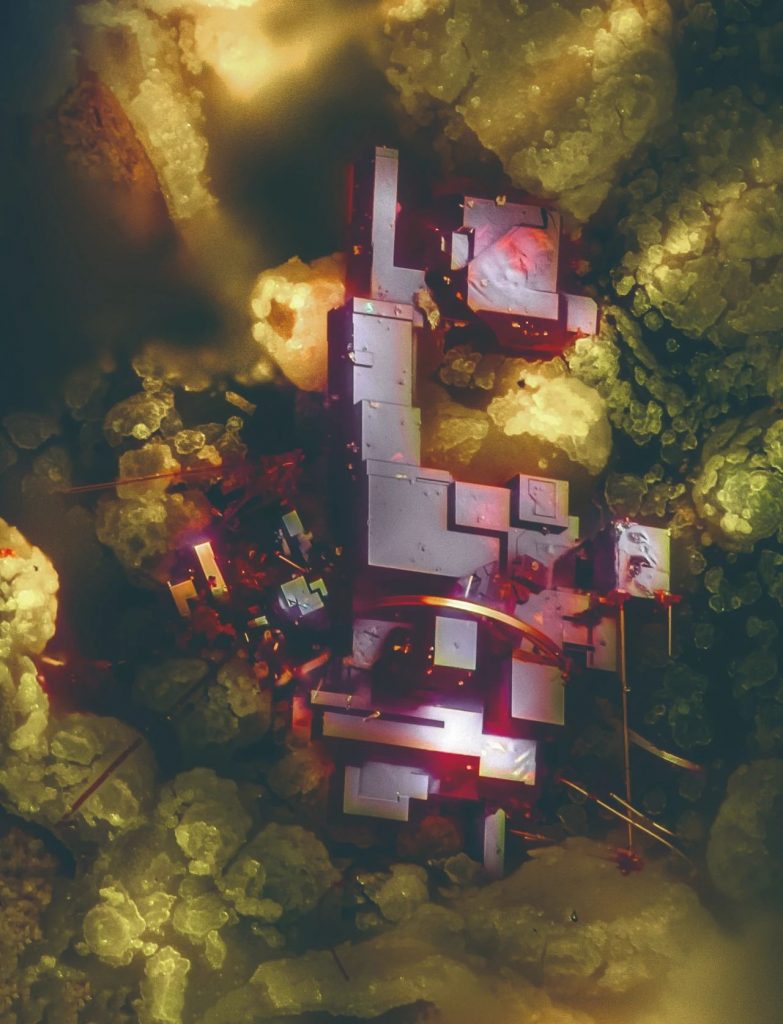
Photographer:Dr. Emilio Carabajal Márquez
The multiple three-dimensional shapes in the photo resemble a huge industrial building hidden in the jungle. In fact, this is a copper ore crystal, which is dark red. It is extremely small and easily damaged, but it often forms a beautiful structure.
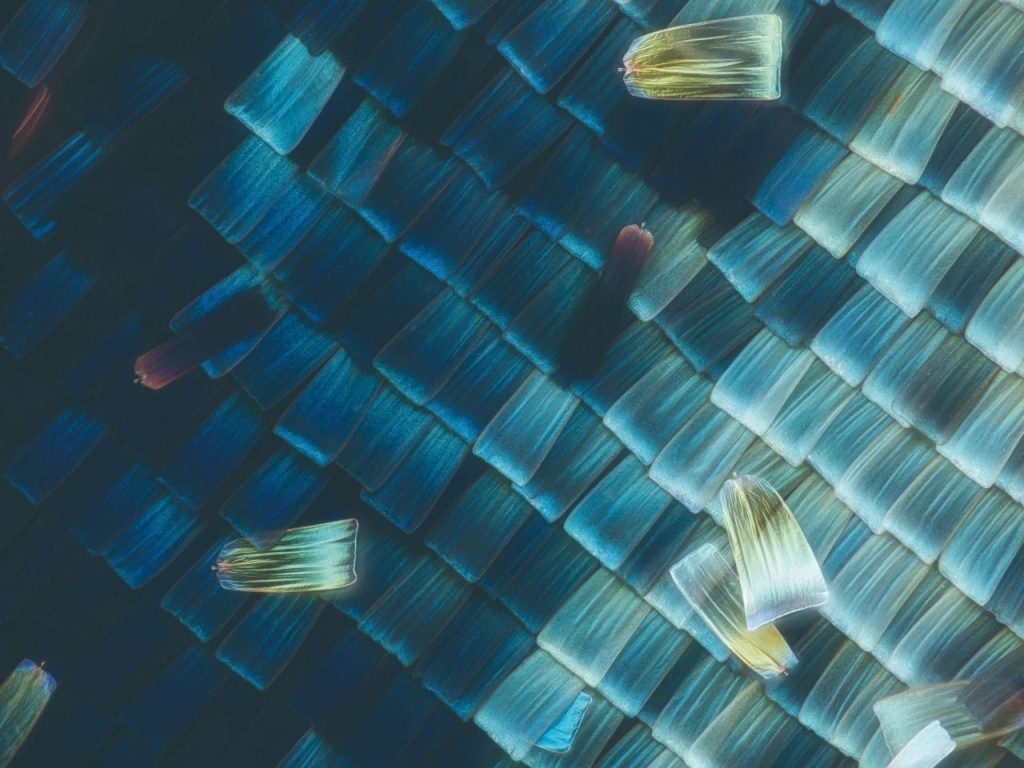
Photographer:Ji Yuan
This photo looks like a roof tile and a fiber on a carpet, but in fact, this is the wings of a swallow moth. Its wings are blue because of its special scaly wall structure, that is to say, the blue color is not due to the blue pigment, but the refraction and reflection of the light beam between the wing scales.

Photographer:Karl Deckart
This photo is like a peacock feather, but in fact, it is a micrograph of vitamin C crystals. Vitamin C is an essential nutrient for the human body. It exists in various fruits and vegetables. If it is lacking, the human body will have symptoms of subcutaneous bleeding.
The photographer does not use the powder in the vitamin tablets or capsules we take daily, but uses pure vitamin C without any other ingredients. By evaporating the vitamin C solution, you can photograph an infinite variety of beautiful patterns of vitamin C crystals.
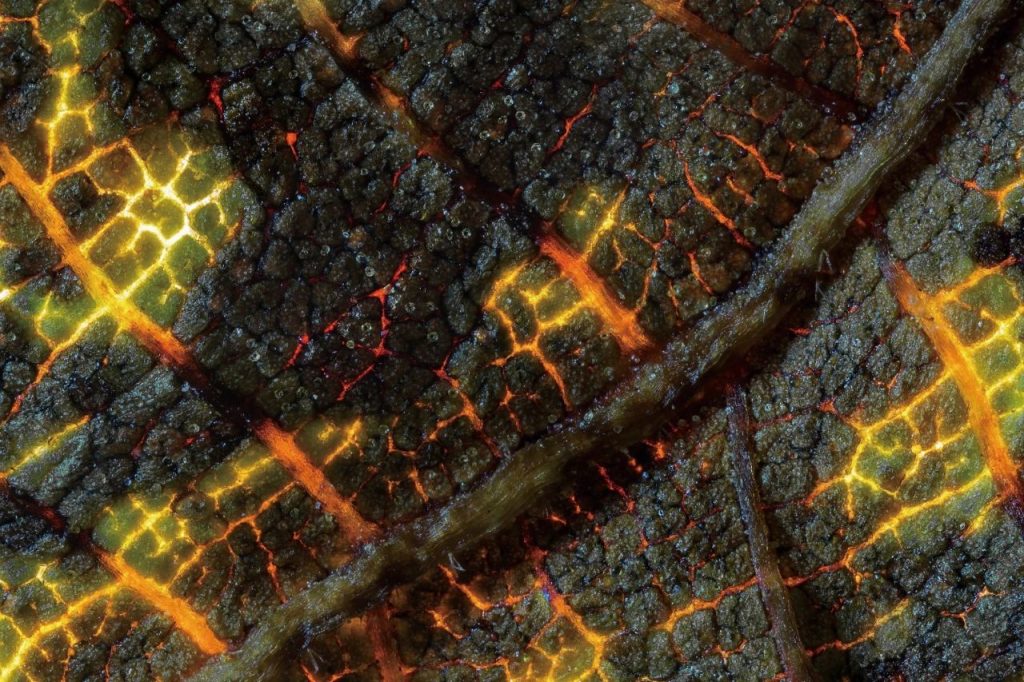
Photographer:Can Tunçer
This photo looks like volcanic lava starting to solidify on the surface. It is actually withered leaves. The orange color comes from artificial light that shines through the leaves, and the cracks are the veins. The photosynthesis of leaves has ceased, and carbon, nitrogen, phosphorus, and sulfur are being decomposed, and they will become nutrients for new plants.
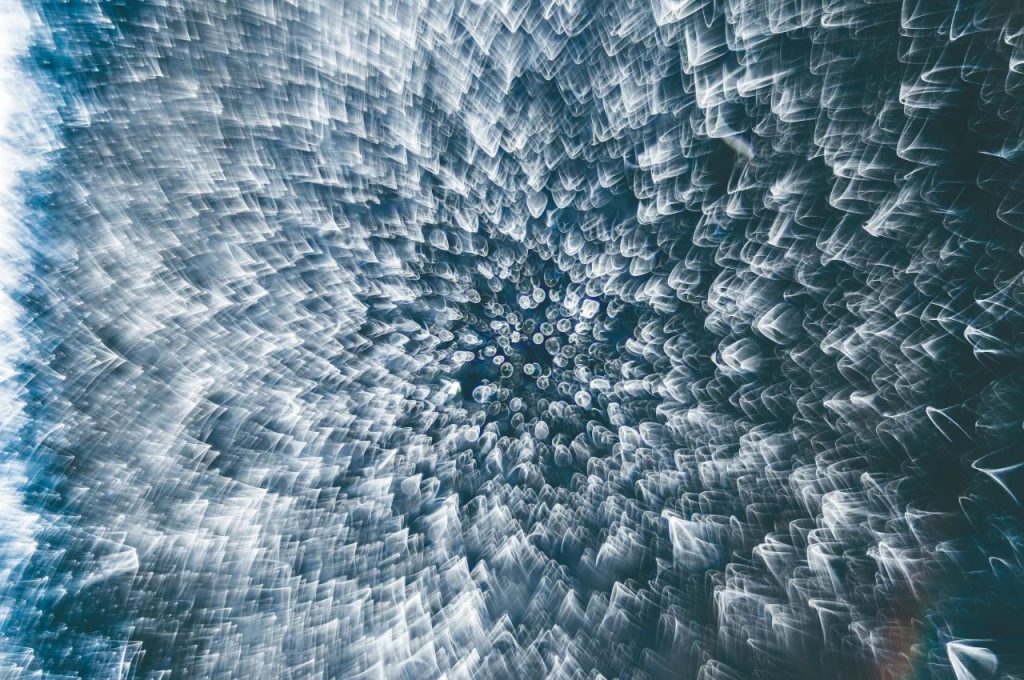
Photographer:Garzon Christian
The photographer photographed the frozen water droplets on the hood of his car. The ice cubes began to melt in the sun. The water droplets at this time looked like blooming flowers after being enlarged several times.
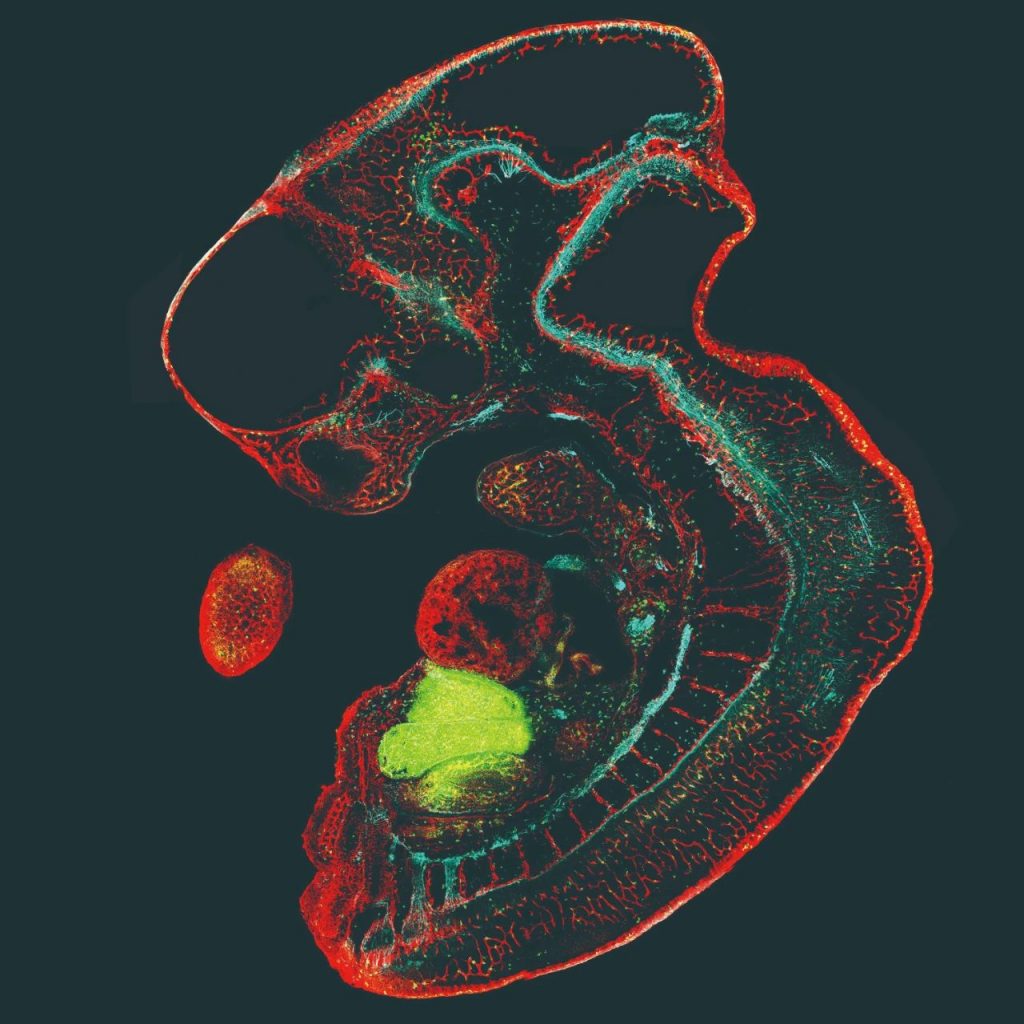
Photographer:Dr. Jan Krivanek
This is a mouse embryo that has grown for 12 days. The color of the embryo is not its own, but the researchers use a special chemical method to stain it to mark different structures. The red ones are blood vessels, the blue ones are nerves, and the green ones are immune cells.
Comments